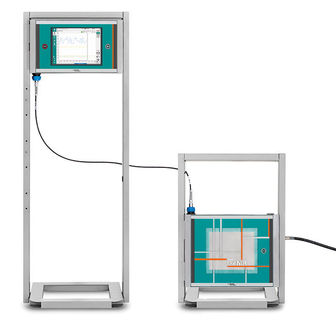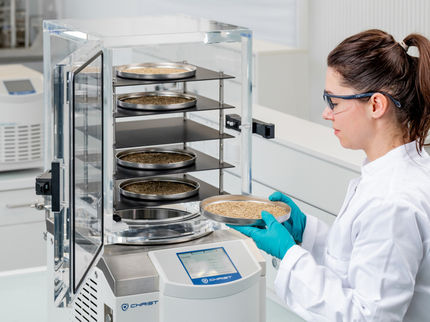To use all functions of this page, please activate cookies in your browser.
my.bionity.com
With an accout for my.bionity.com you can always see everything at a glance – and you can configure your own website and individual newsletter.
- My watch list
- My saved searches
- My saved topics
- My newsletter
Breslow's depthIn medicine, Breslow's depth is used as a prognostic factor in melanoma of the skin. It is a description of how deeply tumor cells have invaded. Product highlight
HistoryDepth of invasion was first reported as a prognostic factor in melanoma by the surgeon Dr. A. Breslow in 1970.[1] In recognition of his contribution, the depth of invasion of melanoma is referred to by the eponym Breslow's depth. Subsequent studies confirmed and refined the role of depth of invasion in the prognosis of malignant melanoma.[2][3] Currently, Breslow's depth is included in the AJCC staging guidelines for melanoma as a major prognostic factor. MeasurementBreslow's depth is most accurately measured by evaluating the entire tumor via an excisional biopsy. Determination from specimens obtained using other biopsy techniques, such as a wedge or punch biopsy, are less accurate. Breslow's depth cannot be calculated from a shave biopsy that only contains a portion of the tumor because it lead to an underestimation of its thickness. Breslow's depth is determined by using an ocular micrometer at a right angle to the skin to directly measure the depth to which tumor cells have invaded the skin. Breslow's depth is measured from the granular layer of the epidermis down to the deepest point of invasion (sometimes involving detached nests of cells). Prognostic importanceBreslow's depth is one of the cornerstones of the current AJCC TNM staging of malignant melanoma. A large study validated the importance of Breslow's depth as one of the three most important prognostic factors in melanoma (the others being T stage and ulceration).[4] Breslow's depth also accurately predicted the risk for lymph node metastasis, with deeper tumors being more likely to involve the nodes.[5] The above studies showed that depth was a continuous variable correlating with prognosis. However, for staging purposes, the most recent AJCC guidelines use cutoffs of 1 mm, 2 mm, and 4 mm to divide patients into stages.
Survival figures from British Association of Dermatologist Guidelines 2002 Clark's levelClark's level is a related staging system, often used in conjunction with Breslow's depth, which depends on multiple anatomical landmarks in the skin. In fact, Clark's level was the primary factor in earlier AJCC staging schemae for melanoma. However, with further study, it has been shown that Clark's level has a lower predictive value, is less reproducible, and is more operator-dependent as compared with Breslow's depth. Thus, in the current (2002) AJCC staging system, Clark's level has prognostic significance only in patients with very thin (Breslow depth <1 mm) melanomas. References
See also
Categories: Histopathology | Dermatology | Oncology |
|||||||||||
| This article is licensed under the GNU Free Documentation License. It uses material from the Wikipedia article "Breslow's_depth". A list of authors is available in Wikipedia. |







